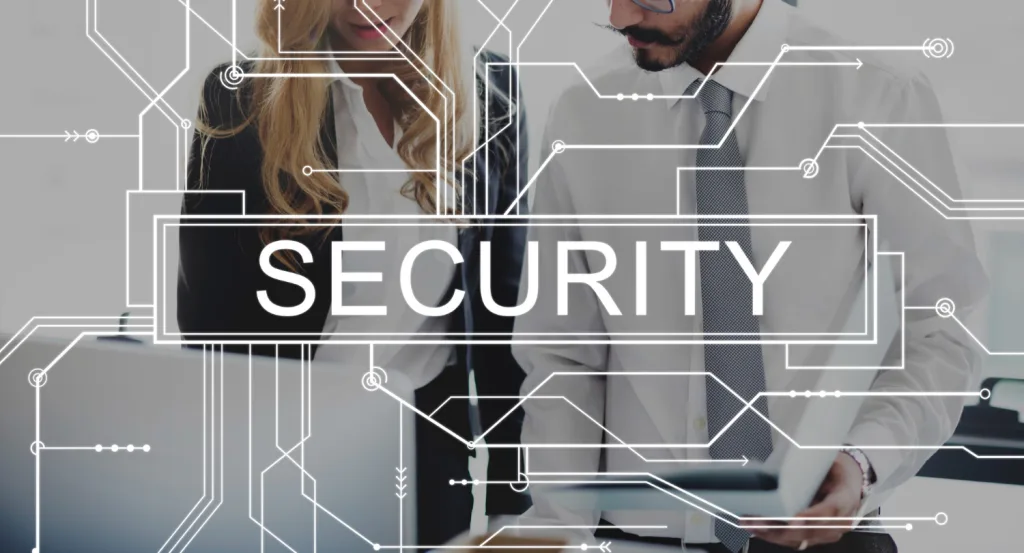To fortify defenses against phishing, companies can adopt a blend of employee education, rigorous security protocols, and advanced technical safeguards.
Employee training on recognizing phishing attempts is critical. This, coupled with the implementation of multi-factor authentication (MFA), regular security updates and patches, and the deployment of email filtering and monitoring solutions, creates a comprehensive defense system against these cyber attacks.
How can regular employee training mitigate phishing risks?

Employee training stands as the frontline in the battle against phishing attacks. Companies significantly reduce the risk of a security breach by regularly educating staff on the latest phishing techniques, indicators of suspicious emails, and proper reporting procedures.
Interactive workshops and simulated phishing campaigns can enhance this training, giving employees practical experience in identifying and handling phishing attempts.
Moreover, the organization ensures and maintains vigilance against phishing by cultivating a culture of security awareness. Reminders, newsletters, and continuous learning modules keep the knowledge fresh and employees alert to the ever-evolving tactics of cybercriminals.
What technical measures can help prevent phishing attacks?
Technical measures form an essential part of a company’s anti-phishing strategy. Implementing advanced email filtering solutions can help intercept phishing emails before they reach the inbox.
These solutions employ algorithms to analyze emails for phishing red flags, such as suspicious attachments or links, and they continually update to adapt to new threats.
In addition to email filtering, deploying web filters can prevent users from accessing known malicious websites.
Implementing MFA also adds an extra layer of security by requiring additional verification beyond just a password, making unauthorized access more challenging for attackers.
How crucial is maintaining a clear response plan when detecting a phishing attack?

Having a clear and well-communicated response plan is crucial for minimizing the impact of a phishing attack if one occurs.
This plan should outline the steps employees must take when they suspect they have received a phishing email or fallen victim to one, including immediate notification of the IT or security team.
A trained incident response team must actively support the response plan, swiftly addressing the threat, containing it, and initiating the recovery process.
This rapid response can minimize downtime and curb the attack’s spread, thereby limiting damage to the company’s assets and reputation.
What role do updates and system patches play in protecting against phishing?
Regularly updating and patching software is vital in protecting against phishing attacks, as many exploits take advantage of known vulnerabilities in outdated systems.
By keeping software up to date, companies can close off these vulnerabilities and reduce the avenues through which attackers can gain unauthorized access.
It is important to have a systematic approach to applying updates and patches, ensuring they are deployed as soon as they are available. This minimizes the window of opportunity for attackers to exploit vulnerabilities, thus enhancing the overall security posture of the company.
Conclusion
Companies can better shield themselves from phishing by merging diligent employee training 🛡️ with a robust set of technical safeguards and a well-defined incident response plan.
It’s imperative to stress continuous, up-to-date education for employees and to implement multi-layered security measures like email filtering, web filtering, and MFA. Regular updates and patches are critical in closing potential security gaps.
For further reading and insights on effective anti-phishing practices, consider exploring the article ‘Anti-Phishing Tactics Unleashed’ to enhance the company’s cybersecurity knowledge base. 📚🔐
- The Agentic Startup Manifesto - June 8, 2025
- Remote Hiring in 2025 - April 5, 2025
- Burnout in Remote Teams: How It’s Draining Your Profits - January 27, 2025
